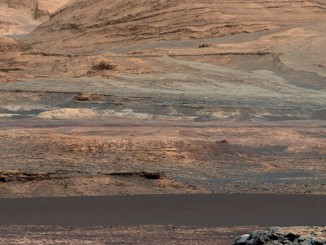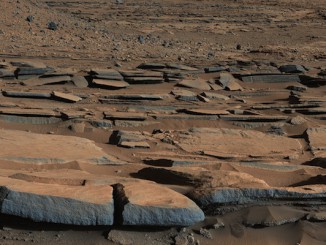
Gale Crater

Mission Reports

News

News

News

Mission Reports

News

News







© 1999-2025 Spaceflight Now Inc